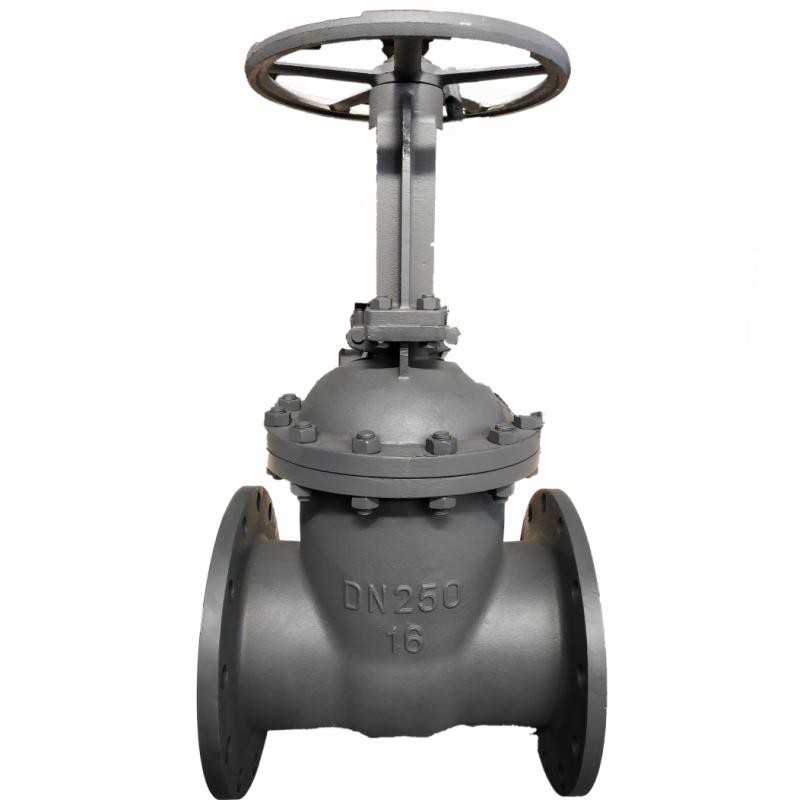Low Pressure Check Valve Suppliers and Manufacturers for Fluid Control Solutions
Check Valves for Low Pressure Applications A Comprehensive Guide for Manufacturers
Check valves are essential components in many fluid and gas systems. Their primary function is to prevent backflow, ensuring that the flow of fluids remains unidirectional. While they are often associated with high-pressure applications, check valves for low pressure are equally important and require careful consideration during the design and manufacturing phases. This article will explore the critical aspects of check valves tailored specifically for low-pressure applications, along with insights for manufacturers.
Understanding Low Pressure Applications
Low pressure typically refers to systems that operate at pressures below 50 psi (pounds per square inch). Such applications can be found in a variety of industries, including water treatment, HVAC systems, irrigation, and chemical processing. In these settings, check valves must be capable of functioning effectively even when the pressure is not sufficient to maintain normal flow, making their design and material selection particularly crucial.
Design Considerations for Low Pressure Check Valves
1. Material Selection The materials used in low-pressure check valves should be compatible with the medium being conveyed. Common materials include brass, PVC, and various types of stainless steel. Manufacturers must consider factors such as corrosion resistance, temperature tolerance, and structural integrity when selecting materials.
2. Type of Check Valve There are several types of check valves, each with its own advantages and disadvantages. The most common types include - Swing Check Valves These valves have a disc that swings on a hinge. They are suitable for low-pressure applications but can be susceptible to damage from water hammer. - Lift Check Valves These valves use a disc that moves up and down to allow or restrict flow. They are often used in situations where space is limited. - Ball Check Valves Utilizing a ball that seals against a seat, these valves can perform effectively in low-pressure systems but must be designed to prevent the ball from jamming.
3. Sizing Proper sizing is crucial for the effectiveness of check valves. If a valve is too large, it may not close properly under low-pressure conditions, allowing backflow. Conversely, a valve that is too small can lead to excessive pressure drop and reduced flow efficiency. Manufacturers must employ precise calculations and testing to ensure suitable sizing.
4. Flow Characteristics The design must allow for minimal resistance to flow in the intended direction while effectively preventing backflow when needed. Checking the flow characteristics through computational fluid dynamics (CFD) can help fine-tune valve designs for optimal performance.
check valves low pressure manufacturer

Testing and Quality Assurance
Manufacturers must adopt rigorous testing protocols to ensure that the check valves meet industry standards for low-pressure applications. Testing should include - Leak Testing Confirming that no fluid escapes the valve during operation. - Functional Testing Ensuring that the valve operates correctly under various conditions. - Durability Testing Simulating prolonged usage to assess wear and tear on the materials.
Additionally, adherence to standards set forth by organizations such as the American National Standards Institute (ANSI) and the American Society of Mechanical Engineers (ASME) can enhance credibility and ensure product reliability.
Market Opportunities for Manufacturers
The demand for check valves in low-pressure applications is rising, due primarily to the growth in water treatment facilities, HVAC systems, and agricultural irrigation projects. Manufacturers should focus on developing innovative designs that are easy to install, maintain, and operate efficiently in these applications.
Moreover, with a growing emphasis on sustainability, manufacturers can explore eco-friendly materials and design practices that reduce waste and enhance energy efficiency.
Conclusion
Check valves for low-pressure applications play a critical role in ensuring efficient and safe fluid handling. Manufacturers focusing on careful design, robust testing, and innovative materials can capitalize on the increasing demand in various industries. By understanding the specific requirements of low-pressure systems, manufacturers can produce reliable check valves that meet the industry's evolving needs.
-
The Versatility of Wafer Type Butterfly ValvesNewsJul.08,2025
-
The Strength and Versatility of Stainless Steel Globe ValvesNewsJul.08,2025
-
The Practical Benefits of Lug Type Butterfly ValvesNewsJul.08,2025
-
The Best Brass Gate Valve Deals You Need to KnowNewsJul.08,2025
-
Fully Welded Ball Valves: A Key to Long-Lasting, Leak-Proof SolutionsNewsJul.08,2025
-
Flanged Butterfly Valves: A Practical Solution for Modern SystemsNewsJul.08,2025
-
The Versatility of Ball Valves in Fluid Control SystemsNewsJun.10,2025




